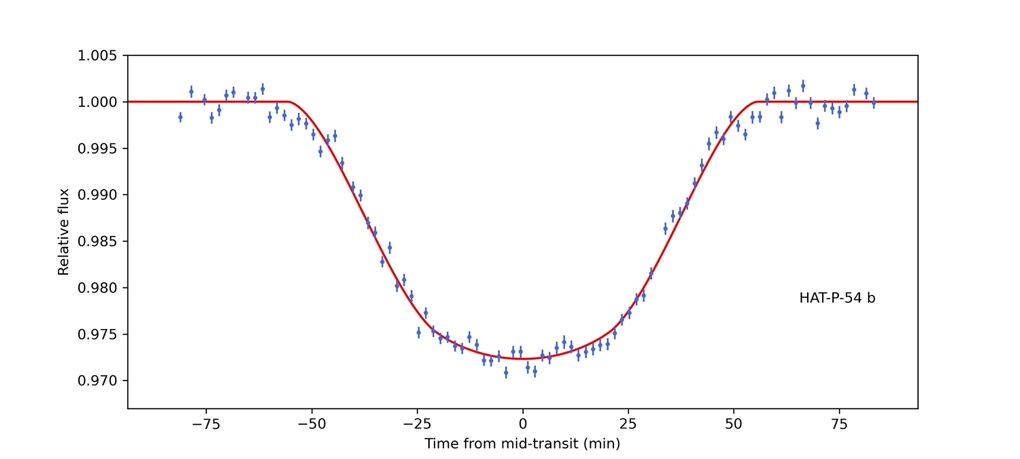Indian astronomers have developed an algorithm that can increase the accuracy of data from exoplanets by reducing the contamination by the Earth’s atmosphere and the disturbances due to instrumental effects and other factors. This algorithm, called the critical noise treatment algorithm, can help to study the environment of exoplanets with better precision.
The understanding of physical properties of exoplanets with extreme accuracy can help to explore the ones that could be similar to planet Earth and hence might be habitable. With this purpose, a group of astronomers at Indian Institute of Astrophysics, Bangalore has been using the ground-based optical telescopes available in India and the data obtained by the space telescope “Transiting Exoplanet Survey Satellite” or TESS.
Prof. Sujan Sengupta of Indian Institute of Astrophysics and his Ph.D. students Aritra Chakrabarty and Suman Saha have been using the Himalayan Chandra Telescope at Indian Astronomical Observatory, Hanle and the Jagadish Chandra Bhattacharyya Telescope at Vainu Bappu Observatory, Kavalur in order to obtain signals of Exoplanets. Following the photometric transit method, they have acquired photometric data from several planet hosting stars.
However, the transit signals are heavily affected by the noise due to various sources that pose a challenge to estimate the physical parameters of the planets accurately. The team lead by Prof. Sengupta have developed a critical noise treatment algorithm that can treat the transit signals detected by both ground- and space-based telescopes with much better precision than ever before.
Recently, Saha and Sengupta have demonstrated the effectiveness of this algorithm by critically analysing the data of TESS (Transiting Exoplanet Survey Satellite) space telescope, reduced the instrumental noise and the disturbances arising from variability and pulsation of the host stars and estimated the physical parameters of a few Exoplanets accurately. The work has been published in The Astronomical Journal, a peer-reviewed scientific journal by the American Astronomical Society (AAS).

Figure-1: Signal of Exoplanet WASP-43 b obtained by using 1.3-meter class Jagadish Chandra Bhattachayya Telescope at Vainu Bappu Observatory, Kavalur, TN.

Figure 2: Signal of Exoplanet HAT-P-54 b obtained by using 2-meter class Himalayan Chandra Telescope at Indian Astronomical Observatory, Hanle, Ladakh.

Figure 3: Signal of Exoplanet KELT-7 b obtained by the space telescope TESS launched and operated by NASA.
Publication link: https://doi.org/10.3847/1538-3881/ac294d
For more details Prof. Sujan Sengupta (sujan[at]iiap[dot]res[dot]in) and Suman Saha (suman[dot]saha[at]iiap[dot]res[dot]in) can be contacted.






























